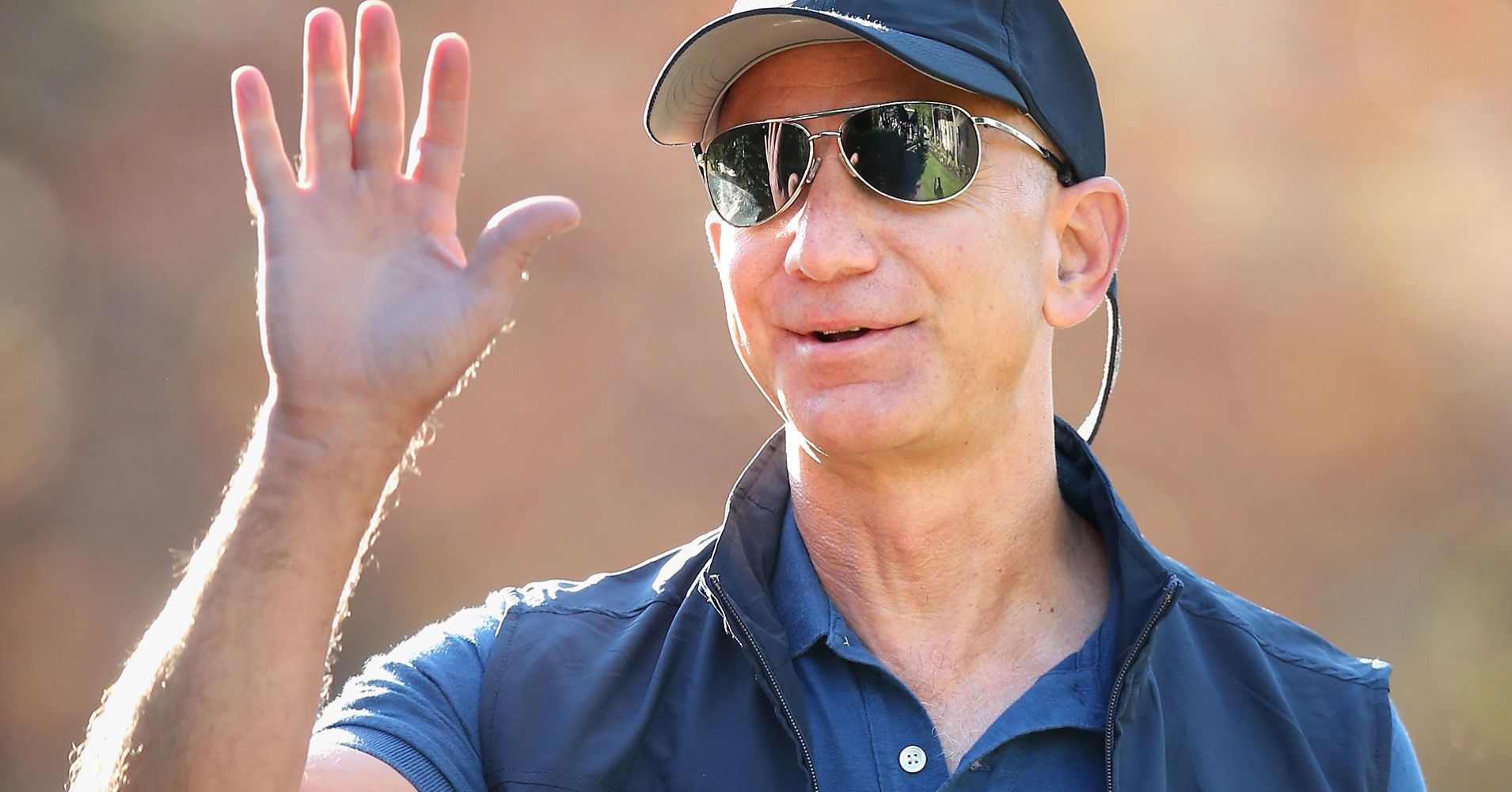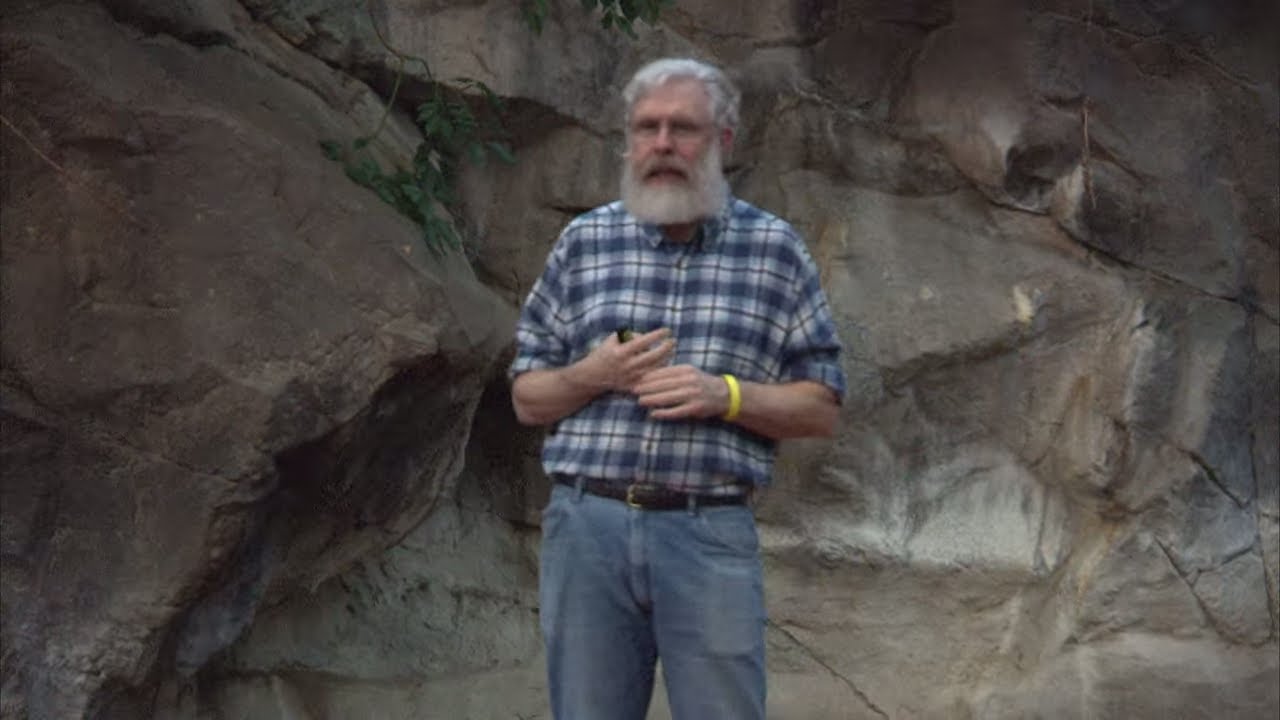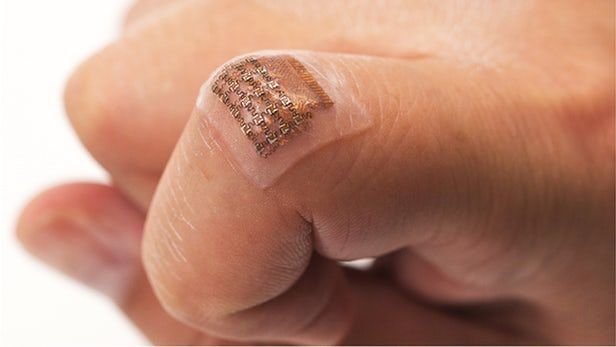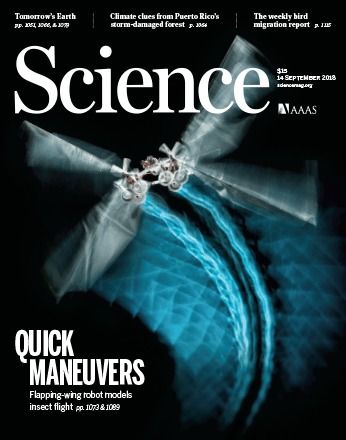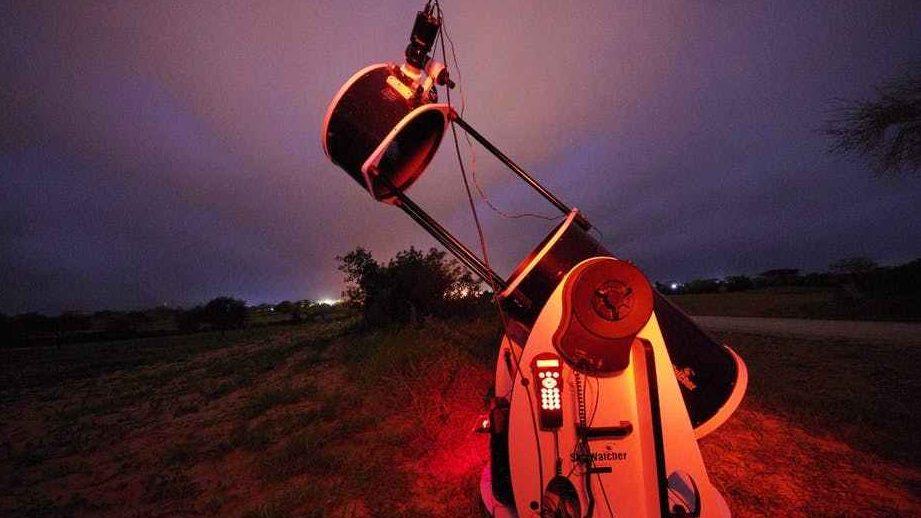Sep 14, 2018
Ryff lets advertisers place any virtual object into commercials and films
Posted by Shailesh Prasad in categories: entertainment, robotics/AI
Ryff has a big idea that it says could turn the $23 billion product placement market upside down. Product placement is the advertising tactic of placing a branded object, like a bottle of Coca-Cola, in a scene in a movie or a TV show.
Los Angeles-based Ryff has figured out how to do this digitally with cloud technology. Ryff figures out the places in video content where virtual objects can be placed in a scene where they seem like they are a natural part of the environment. That means the objects have to be rendered realistically enough so they can be mistaken for being part of a real scene, as recorded in a movie or TV show or a commercial, said Roy Taylor, CEO of Ryff, at an event on Thursday evening.
“We are on a new platform that makes images intelligent,” Taylor said. “Ryff is the world’s first image technology company using AI and visual computing to change the way we experience entertainment.”
Continue reading “Ryff lets advertisers place any virtual object into commercials and films” »

